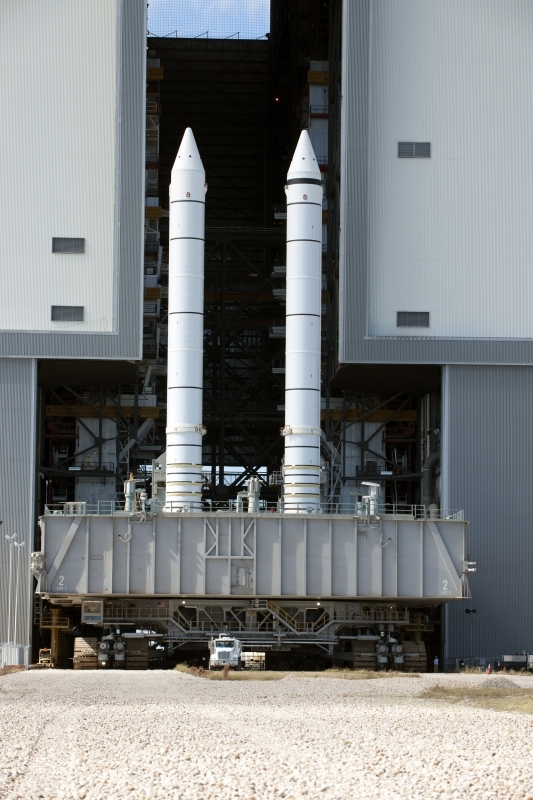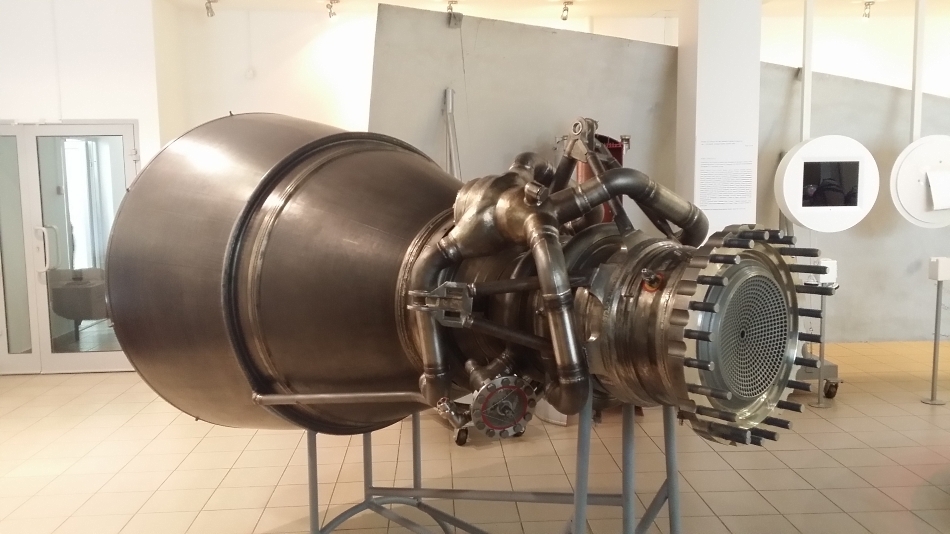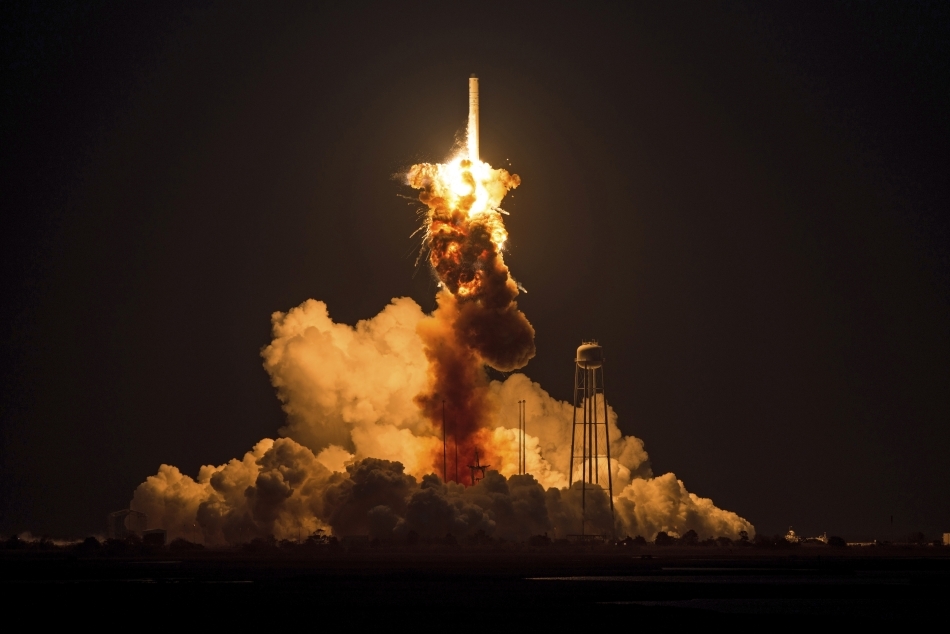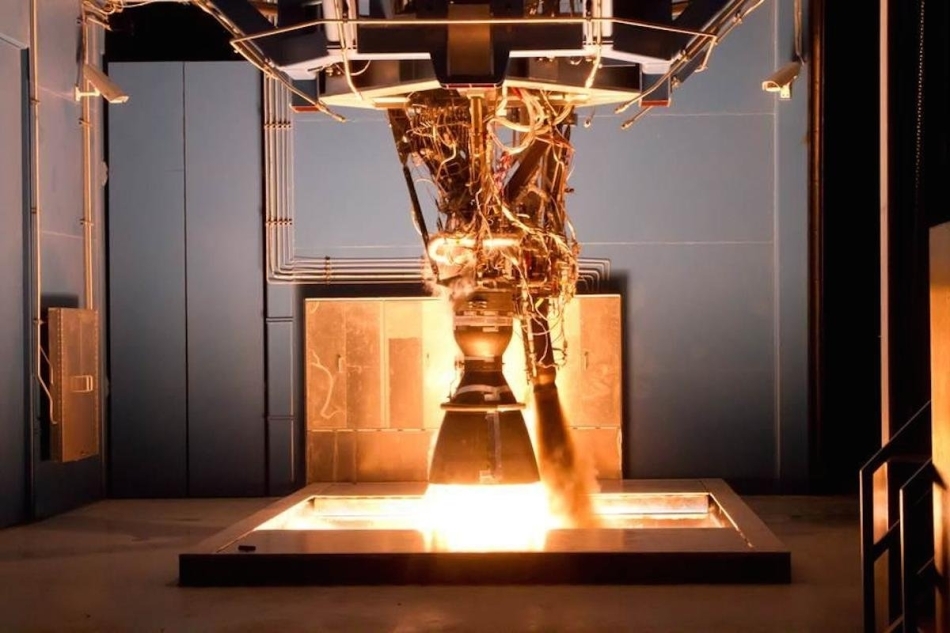Which rocket engine is the best?

Rocket engines are one of the pinnacles of technological progress. Working at the limit of materials, hundreds of atmospheres, thousands of degrees and hundreds of tons of traction - this cannot but delight. But there are many different engines, which ones are the best? Whose engineers will rise to the podium? Finally, the time has come to answer this question with all directness.
Unfortunately, the appearance of the engine cannot say how wonderful it is. You have to dig into the boring numbers of the characteristics of each engine. But there are many, which one to choose?
More powerful
Well, probably, the more powerful the engine, the better it is? More rocket, more carrying capacity, space exploration begins to move faster, isn't it? But if we look at the leader in this area, we will find some disappointment. The largest thrust of all engines, 1,400 tons, is at the Space Shuttle side accelerator.

Despite all its power, solid fuel boosters can hardly be called a symbol of technological progress, because structurally they are just a steel (or composite, but it doesn’t matter) cylinder with fuel. Secondly, these accelerators became extinct along with the shuttles in 2011, which undermines the impression of their success. Yes, those who are following the news about the new American superheavy SLS rocket will tell me that new solid fuel boosters are being developed for it, the thrust of which will be 1,600 tons, but, firstly, this rocket will not fly soon, not earlier than the end of 2018. . And secondly, the concept of “we take more segments with fuel so that the thrust is even greater” is an extensive way of development, if you wish, you can put more segments and get even more thrust, the limit has not yet been reached, and unnoticed,
The second place in traction is held by the RD-171M domestic liquid engine - 793 tons.

Four combustion chambers is one engine. And a man for scale
It would seem - here he is, our hero. But, if it is the best engine, where is its success? Okay, the Energia rocket died under the rubble of the collapsed Soviet Union, and the Zenit was killed by the policy of relations between Russia and Ukraine. But why is the United States buying from us not this wonderful engine, but the half-size RD-180? Why is the RD-180, which began as the "half" of the RD-170, now produces more than half the thrust of the RD-170 - as many as 416 tons? It’s strange. Unclear.
The third and fourth places in thrust are occupied by engines from rockets that no longer fly. For some reason, the solid-fuel UA1207 (714 tons), which stood on Titanium IV, and the star of the lunar program, the F-1 engine (679 tons) did not help outlive the outstanding power indicators. Maybe some other parameter is more important?
More effective
What indicator determines the efficiency of the engine? If a rocket engine burns fuel to disperse a rocket, then the more efficient it is, the less fuel we need to spend in order to fly to the orbit / Moon / Mars / Alpha Centauri. In ballistics there is a special parameter for assessing such efficiency - specific impulse.
The specific impulse shows how many seconds the engine can develop a thrust of 1 Newton per kilogram of fuel
At best, traction record holders are in the middle of the list if you sort it by specific impulse, while F-1s with solid fuel boosters are deep in the tail. It would seem, here it is, the most important characteristic. But look at the leaders of the list. With an indicator of 9620 seconds in the first place is the little-known HiPEP electro- jet engine .

This is not a microwave fire, but a real rocket engine. True, the microwave still has a very distant relative ...
The HiPEP engine was developed for a closed probe project for the study of the moons of Jupiter, and work on it was stopped in 2005. In tests, the prototype engine, according to an official NASA report, developed a specific impulse of 9620 seconds, consuming 40 kW of energy.
The second and third places are occupied by VASIMR (5000 seconds) and NEXT (4100 seconds), which have not yet flown, which have shown their characteristics on test benches. And engines flying into space (for example, a series of domestic SPD engines from the Fakel Design Bureau) have indicators of up to 3000 seconds.

SPD series engines. Who said “cool backlit speakers”?
Why haven't these engines superseded the rest? The answer is simple if we look at their other parameters. The thrust of electric jets is measured, alas, in grams, and in the atmosphere they can’t work at all. Therefore, to assemble an ultra-efficient launch vehicle on such engines will not work. And in space, they require kilowatts of energy, which not all satellites can afford. Therefore, electric propulsion engines are used mainly only at interplanetary stations and geostationary communication satellites.
Well, well, the reader will say, we discard the electric propulsion engines. Who will be the champion in specific impulse among chemical engines?
With an indicator of 462 seconds, domestic KVD1 will be the leaders among chemical enginesand American RL-10. And if KVD1 flew only six times as part of the Indian GSLV rocket, then the RL-10 is a successful and respected engine for upper stages and upper stages, which has been working perfectly for many years. In theory, it is possible to assemble a launch vehicle entirely from such engines, but the thrust of a single engine of 11 tons means that dozens of them will have to be put on the first and second stages, and there are no people who want to do this.
Is it possible to combine high thrust and high specific impulse? Chemical engines rested on the laws of our world (well, hydrogen with oxygen does not burn with a specific impulse of more than ~ 460, physics forbids). There were projects of nuclear engines ( one , two), but it hasn’t gone beyond projects yet. But, in general, if humanity can cross high thrust with a high specific impulse, this will make space more accessible. Are there any other indicators by which to evaluate the engine?
More intense
A rocket engine ejects mass (combustion products or working fluid), creating traction. The higher the pressure, the pressure in the combustion chamber, the greater the thrust and, especially in the atmosphere, the specific impulse. An engine with a higher pressure in the combustion chamber will be more efficient than an engine with a low pressure on the same fuel. And if we sort the list of engines by pressure in the combustion chamber, then the pedestal will be occupied by Russia / the USSR - in our design school we tried our best to make efficient engines with high parameters. The first three places are occupied by the RD-170 family of oxygen-kerosene engines: RD-191 (259 atm), RD-180 (258 atm), RD-171M (246 atm).

The RD-180 combustion chamber in a museum. Pay attention to the number of studs holding the cover of the combustion chamber, and the distance between them. One can clearly see how hard it is to keep 258 atmospheres of pressure trying to break the cover.
Fourth place is on the Soviet RD-0120 (216 atm), which holds the lead among hydrogen-oxygen engines and flew twice on the Energia launch vehicle. Fifth place is also in our engine - RD-264 on a fuel pair asymmetric dimethylhydrazine / nitrogen tetraoxide on the Dnepr LV operates with a pressure of 207 atm. And only in sixth place will the American Space Shuttle engine RS-25 with two hundred and three atmospheres.
More reliable
No matter how promising the characteristics of the engine, if it explodes through time, there is little benefit from it. More recently, for example, Orbital was forced to abandon the use of NK-33 engines that had been stored for decades with very high performance, because the accident at the test bench and the enchanting beauty of the night explosion of the engine on the Antares LV questioned the feasibility of using these engines further. Now Antares will be transplanted to the Russian RD-181.

Large photo on the link
The reverse is also true - an engine that does not differ in outstanding traction or specific impulse values, but is reliable, will be popular. The longer the history of engine use, the more statistics, and the more bugs in it they managed to catch on accidents that already happened. Engines RD-107/108, located on the Soyuz, derive their pedigree from the very engines that launched the first satellite and Gagarin, and, despite the modernization, have relatively low parameters today. But the highest reliability pays off in many respects.
More accessible
An engine that you cannot build or buy has no value to you. This parameter cannot be expressed in numbers, but it does not become less important from this. Private companies often cannot buy ready-made engines at a high price, and are forced to make their own, albeit simpler. Despite the fact that they do not shine with characteristics, these are the best engines for their developers. For example, the pressure in the combustion chamber of a SpaceX Merlin-1D engine is only 95 atmospheres, the line that Soviet engineers crossed in the 1960s, and the United States in the 1980s. But Musk can make these engines at its production facilities and receive at the right cost in the right quantities, tens of a year, and that's cool.

Engine Merlin-1D. Exhaust from a gas generator as at Atlas sixty years ago, but it’s available
TWR
Since we are talking about the Spacex “Merlin”, one cannot fail to mention the characteristic that the PR specialists and SpaceX fans did in every possible way - thrust-weight ratio. Thrust-to-weight ratio (it is also specific thrust or TWR) is the ratio of engine thrust to its weight. In this parameter, Merlin engines are ahead by a large margin, they have it above 150. They write on the SpaceX website that this makes the engine “the most efficient ever built”, and this information is distributed by PR and fans to other resources. There was even a quiet war in the English Wikipedia, when this parameter was crammed wherever possible, which led to the fact that the tableengine comparison this column is generally removed. Alas, in such a statement there is much more PR than truth. In its pure form, the thrust-weight ratio of the engine can only be obtained at the stand, and at the start of a real rocket the engines will be less than a percent of its mass, and the difference in the mass of the engines will not affect anything. Despite the fact that an engine with a high TWR will be more technologically advanced than with a low one, it is rather a measure of the technical simplicity and tension of the engine. For example, the F-1 (94) engine is superior to the RD-180 (78) in terms of thrust-to-weight ratio, but F-1 will be noticeably inferior in specific impulse and pressure in the combustion chamber. And to raise thrust-to-weight ratio to the pedestal as the most important characteristic for a rocket engine, at least naively.
Price
This option has a lot to do with accessibility. If you make the engine yourself, then the cost can well be calculated. If you buy, then this parameter will be specified explicitly. Unfortunately, one cannot construct a beautiful table by this parameter, because the cost price is known only to manufacturers, and the cost of selling an engine is also not always published. The time also affects the price, if in 2009 the RD-180 was estimated at $ 9 million, now it is estimated at $ 11-15 million.
Conclusion
As you probably already guessed, the introduction was written somewhat provocatively (sorry). In fact, rocket engines do not have one parameter by which they can be built and clearly say which is the best. If you try to derive the formula for the best engine, you get something like the following:
The best rocket engine is an engine that you can produce / buy , while it will have thrust in the range you need (not too big or small) and will be so effective ( specific impulse, pressure in the combustion chamber ) that its price will not become overwhelming for you.
Bored? But closest to the truth.
And, in conclusion, a small hit parade of engines that I personally consider the best:

Family RD-170/180/190 . If you are from Russia or you can buy Russian engines and you need powerful engines at the first stage, then the RD-170/180/190 family is an excellent option. Efficient, with high performance and excellent reliability statistics, these engines are at the forefront of technological progress.

Be-3 and RocketMotorTwo. The engines of private companies engaged in suborbital tourism will be in space for only a few minutes, but this does not stop to admire the beauty of the technical solutions used. The BE-3 hydrogen engine, which can be restarted and throttled over a wide range, with a thrust of up to 50 tons and an original circuit with an open phase transition, developed by a relatively small team, is cool. As for RocketMotorTwo, with all the skepticism towards Branson and SpaceShipTwo, I cannot but admire the beauty and simplicity of the hybrid solid fuel and gaseous oxidizer circuit.
F-1 and J-2 In the 1960s, these were the most powerful engines in their classes. Yes, and you can not help but love the engines that gave us such beauty:

RD-107/108 . Paradoxically? Low parameters? Only 90 tons of traction? 60 atmospheres in the chamber? Turbo pump drive from hydrogen peroxide, what is 70 years old? This is all unimportant if the engine has the highest reliability, and at a cost closer to the "big stupid carrier . " Yes, of course, someday his time will pass, but these engines will live another ten years at least, and it seems they will set a record for longevity. It will not be possible to find a more successful engine with a more glorious history.
Used sources
- The material is largely based on this summary table from the English wiki, they try to give a link for each figure and keep the material up to date.
- The full KDPV picture with copyrights that had to be cut off when cropping is here .
Similar content on the tag "imperceptible difficulties . "
